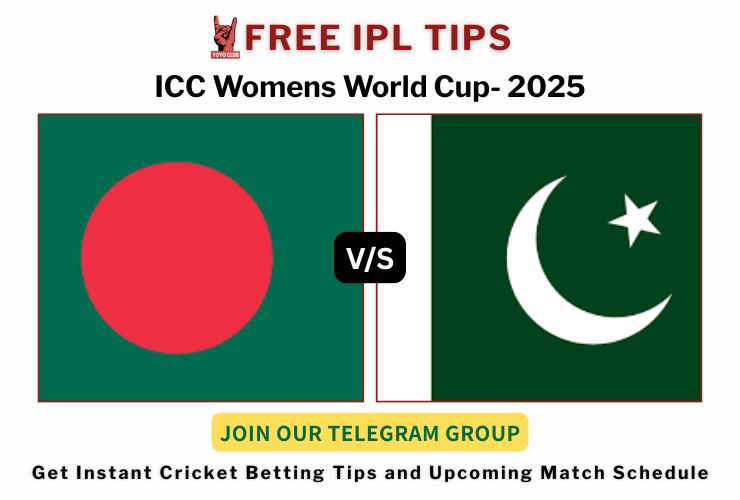Cricket is no longer confined to traditional powerhouses like India, England, and Australia. With the emergence of franchise leagues such as Major League Cricket (MLC) in the United States and The Hundred in England, the game is truly going global. But as these new leagues rise, so do questions about overlap, competition for players, and cooperation between cricketing bodies like the England and Wales Cricket Board (ECB) and newer entities.
In this post by Free IPL Tips, the best cricket predictions website, we break down the rise of MLC, how it’s impacting England cricket, and whether there’s really a clash between The Hundred and MLC. We also look at player movements, investment trends, and the future of franchise leagues around the world.
What is Major League Cricket (MLC)?
Major League Cricket (MLC) is the United States’ first fully professional franchise league, launched with the goal of building a fan base in the United States and developing domestic talent. With games scheduled as nighttime matches in the US, MLC strategically avoids time conflicts with traditional cricket broadcasts in Asia and Europe.
The MLC tournament features six teams and kicked off its third season with a match between Washington Freedom vs San Francisco Unicorns, promising high-octane cricket for American audiences. Interestingly, the league is backed by American and Indian investors, many of whom have also shown interest in owning teams in The Hundred.
The Hundred: England’s Modern Format
The Hundred is the ECB’s bold attempt to innovate the game. Each side faces 100 balls, and matches are short, family-friendly, and designed to appeal to younger and diverse cricket fans.
It’s a unique format compared to traditional T20s and Tests and has already established a loyal viewership. However, its scheduling often overlaps with other leagues such as the Caribbean Premier League (CPL) and now, the MLC.
MLC and The Hundred Clash: Is There a Real Conflict?
When MLC was first launched, concerns were raised about potential scheduling conflicts and a scramble for overseas players, especially English players. The fear was that both leagues would compete for top talent during overlapping windows, leading to player fatigue and less availability for national commitments.
However, MLC chief executive Johnny Grave has made it clear that MLC is not a threat to ECB or The Hundred. Speaking on the matter, Grave emphasized the need for coexistence of cricket leagues, explaining that MLC’s primary goal is not to poach talent but to develop American cricket.
He said:
“We’re not trying to destabilize what’s already working. We want to grow a cricketing ecosystem in the US. Our scheduling and goals are aligned to avoid conflicts with the ECB where possible.”
England and Wales Cricket Board Cooperation with MLC
Over the last year, there has been visible cooperation between the ECB and MLC, especially in terms of scheduling and player contracts. This newfound relationship aims to ensure that both leagues thrive without stepping on each other’s toes.
As part of this cooperative spirit, the ECB has even welcomed American investors in The Hundred, a move that shows openness to global collaboration. Investors like Sanjay Govil, an Indian-American entrepreneur, have acquired stakes in teams such as Welsh Fire, creating cross-league business synergies.
Steve Smith’s Role in Both Leagues
A key example of dual participation is Steve Smith, the legendary Australian batsman. Smith is set to play a couple of matches for Washington Freedom in the MLC before joining Welsh Fire in The Hundred later in the summer. His ability to straddle both leagues showcases how top-tier players can navigate overlapping schedules with cooperation from league organizers.
This also opens up cricket investment opportunities and promotes player brand building across global franchise leagues.
MLC and English Players: A Change in Strategy
Initially, MLC showed significant interest in recruiting top English cricketers like Harry Brook and Ben Stokes, hoping to bring global star power to American audiences. However, that strategy has since cooled off.
Grave admitted that MLC cools interest in English players, citing competition with the players’ domestic commitments and emotional ties to playing in front of home crowds.
Currently, only a few English representatives like Liam Plunkett and Alex Hales are part of the MLC. This shift reflects a growing understanding of market dynamics and the importance of home-market loyalty in player decisions.
Impact of MLC on English Cricket
There’s no denying that MLC’s rise has influenced how England cricket views international franchise leagues. While some feared an emotional threat to cricket leagues in England, the reality has been more collaborative than combative.
With joint scheduling efforts and ECB-MLC cooperation, the sport is seeing a global franchise owner network emerge. This network may change how cricket is funded, played, and consumed in the years to come.
Moreover, the coexistence of cricket leagues may benefit fans globally, offering continuous cricket entertainment across time zones and formats.
American Investors and the Future of The Hundred
The entry of American investors in The Hundred signals a shift in how franchise deals in cricket are structured. These investors bring in not just money, but also experience from the American sports industry, offering insights into fan engagement, digital strategy, and merchandising.
This could lead to improved marketing, stronger branding, and a broader international footprint for The Hundred, which has so far been a mostly domestic success.
Cricket’s Global Expansion: More Than Just MLC
While MLC is making waves in the US, other overseas cricket leagues like the Caribbean Premier League, SA20, and ILT20 are also expanding cricket’s reach. With so many leagues emerging, cricket league scheduling becomes a key challenge for boards, players, and broadcasters.
However, this abundance of leagues may ultimately lead to a player draft system, unified calendars, and better cricket player transfer rules to maintain balance and avoid burnout.
Opportunities for English Players Abroad
With growing franchise leagues worldwide, opportunities for English cricketers abroad are at an all-time high. Players not in the national setup or on the fringes now have multiple avenues to showcase their talent, earn income, and build a global fan base.
While the ECB will naturally want to retain its top players for England cricket, the freedom to play abroad gives players the flexibility and exposure they previously lacked.
Conclusion: A New Era for Global Cricket
The rapid growth of MLC, the continued success of The Hundred, and ECB’s cooperative approach signal a new, more connected era in cricket. Instead of competing, leagues are now finding ways to collaborate, expand the game, and provide more playing opportunities across continents.
Free IPL Tips, we believe that such trends will not only diversify the sport but also improve the quality of cricket globally. And for fans, this means more matches, more predictions, and more excitement throughout the year.
As cricket evolves into a truly global sport, platforms like MLC, The Hundred, and IPL will form the backbone of franchise cricket. And whether you’re a fan in London, Delhi, or Los Angeles, you’re part of this incredible journey.
Don’t Miss Our Latest Match Predictions!
Free IPL Tips, provide expert analysis and predictions not only for IPL but also for The Hundred, MLC, and other major cricket leagues. Stay updated with the latest fixtures, player performances, and betting insights on our website.
Visit Free IPL Tips now for your winning edge in cricket predictions!






